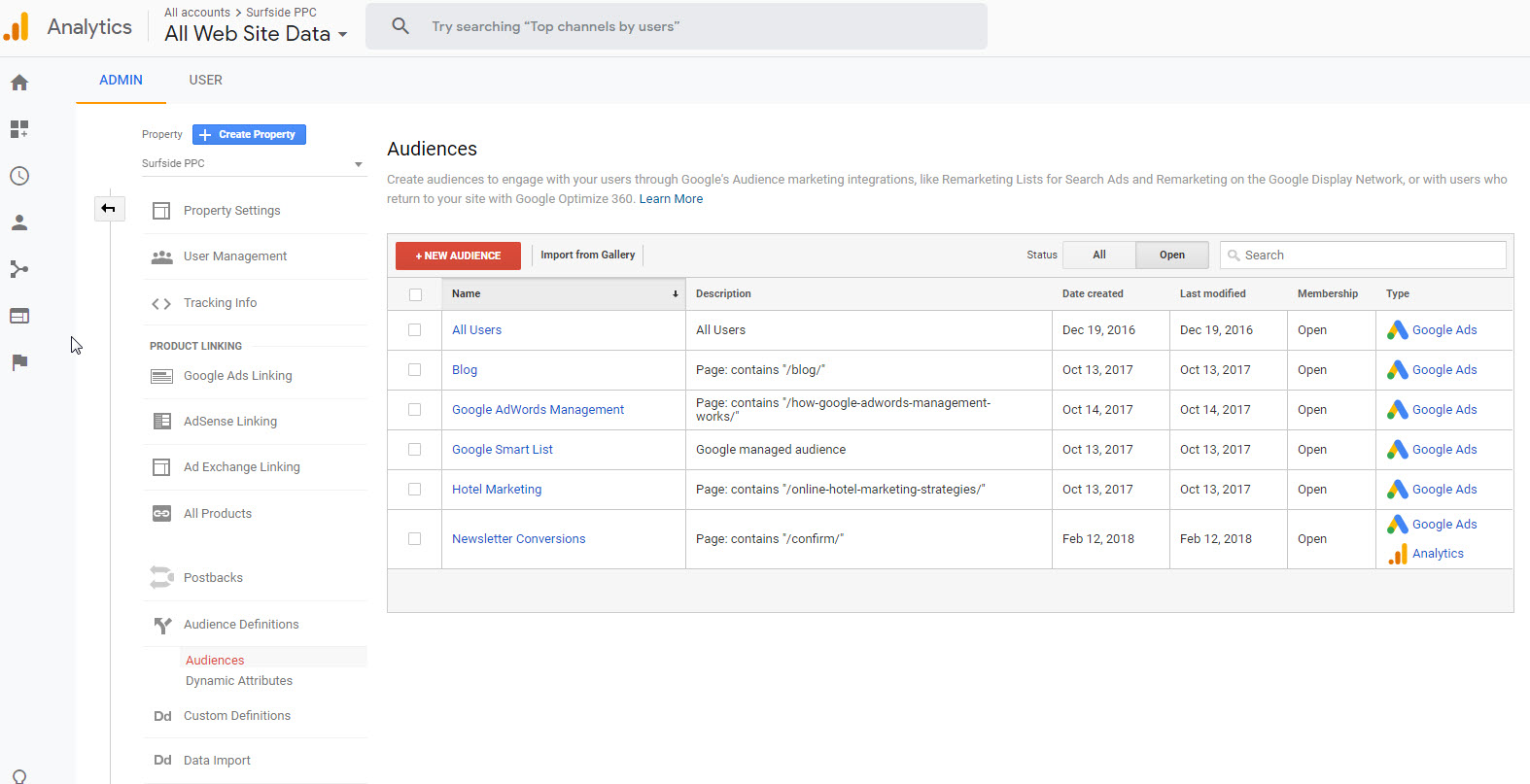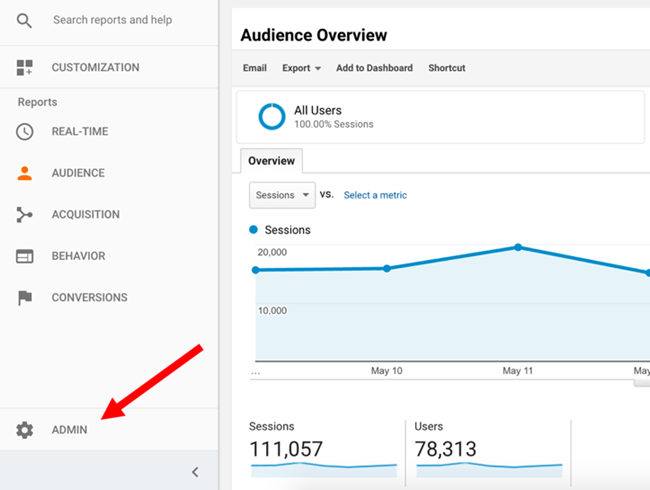Optimizing Your ROI with Remarketing In Google Analytics
Optimizing Your ROI with Remarketing In Google Analytics
Blog Article
Optimize Your ROI With Remarketing in Google Analytics
In the realm of digital advertising, the usage of remarketing strategies within Google Analytics has actually shown to be a powerful device for improving roi. By utilizing the power of customer data and customizing ads to specific target market segments, businesses can significantly amplify their conversion prices. Nonetheless, the real key hinge on the art of accuracy - understanding individual habits, crafting engaging ads, and continuously refining strategies to drive ideal results. The trip to taking full advantage of ROI with remarketing is a nuanced course paved with insights and opportunities that can improve the trajectory of your advertising undertakings.
Recognizing Remarketing in Google Analytics
Understanding remarketing in Google Analytics is necessary for enhancing your digital advertising approach. Remarketing enables you to target customers that have actually formerly visited your internet site or connected with your app, providing them with customized ads as they browse other sites or use other apps within the Google Display Network. This strategy helps maintain your brand top of mind and encourages individuals to return to your site, inevitably enhancing the probability of conversion.
By making use of Google Analytics, you can track the performance of your remarketing projects, gaining beneficial insights into user behavior, engagement, and conversions. This data enables you to refine your bidding process, targeting, and messaging approaches to enhance the general efficiency of your campaigns.
Additionally, understanding the various sorts of remarketing checklists offered in Google Analytics, such as common, dynamic, and comparable target markets, permits you to develop extremely segmented and personalized campaigns tailored to certain user sectors. This degree of granularity can significantly improve the significance and effect of your remarketing efforts, eventually maximizing your return on investment.
Establishing Remarketing Checklists
To efficiently carry out remarketing projects in Google Analytics, the preliminary step includes creating and setting up remarketing checklists targeting specific user segments based on their communications with your website or application. By establishing up remarketing lists, you can tailor your marketing efforts to reach users who have actually currently revealed passion in your solutions or items.
To start, browse to the Admin section of your Google Analytics account and pick the Residential property where you intend to create the remarketing checklist. Then, under the Residential or commercial property column, click on 'Audience Definitions' and pick 'Audiences.' Next, click on the red 'New Audience' switch and choose 'Produce New' to specify the specifications for your remarketing listing.

Crafting Reliable Remarketing Advertisements

When crafting your ads, emphasis on creating attention-grabbing headings and engaging visuals that stick out to prospective consumers. Include strong calls-to-action that encourage individuals to review your site and complete a wanted action. Utilize vibrant remarketing to show customized advertisements including items or services that users have formerly watched on your website.
Furthermore, make sure that your ads are mobile-friendly given that a substantial portion of net website traffic originates from smart phones. Examination different advertisement variants to recognize which messages and layouts drive the ideal outcomes. By constantly refining and maximizing your remarketing ads based on performance information, you can optimize their performance and enhance your roi.
Studying Remarketing Efficiency

With Google Analytics, online marketers can track the efficiency of their remarketing projects in real-time, enabling them to identify trends, patterns, and areas for enhancement without delay. By evaluating the information, online marketers can figure out which advertisements are executing well, which audience sectors are reacting positively, and which channels are driving the most conversions. This degree of granularity allows marketing professionals to make data-driven decisions to optimize their remarketing advocate much better outcomes.
Optimizing ROI With Remarketing
Assessing remarketing data in Google Analytics enables marketers to identify possibilities for maximizing return on financial investment (ROI) via strategic changes - What Is “Remarketing” In Google Analytics?. To take full advantage of ROI with remarketing, it is vital to comprehend the actions of your target market. By assessing customer communications, such as the pages they checked out, the items they viewed, or the actions they handled your website, you can tailor your remarketing projects a lot more properly
Segmenting your audience based upon their habits enables you to produce customized and targeted advertisements that are more probable to reverberate with them. By revealing appropriate wikipedia reference ads to specific sectors of your target market, you can boost the chances of conversion and ultimately improve your ROI.
Moreover, evaluating different ad creatives, messaging, and deals can aid identify what resonates best with your target market. A/B screening enables you to try out different components of your advertisements to identify what drives the greatest involvement and conversion prices.
Verdict
In conclusion, taking full advantage of ROI with remarketing in Google Analytics calls for a tactical technique to examining individual behavior, segmenting target markets, developing customized advertisements, and optimizing campaign efficiency. By leveraging data-driven insights and evaluating different techniques, companies can boost their remarketing initiatives to drive greater engagement and conversion prices. This systematic strategy makes sure that resources are successfully assigned towards making the most of returns on investment in remarketing projects.
Next, click on the red 'New Audience' switch and pick 'Develop New' to specify the specifications for your remarketing checklist.
By continually refining and maximizing your remarketing advertisements based on performance data, you can maximize their efficiency and enhance your return on investment.
By diving into these insights, marketers can obtain an extensive understanding of exactly how their remarketing initiatives are reverberating with their target audience and driving conversions. To optimize ROI with remarketing, it is crucial to comprehend the habits of your target market.In verdict, making best use of ROI with remarketing in Google Analytics requires a strategic approach to assessing individual habits, segmenting audiences, producing tailored ads, and optimizing project performance.
Report this page